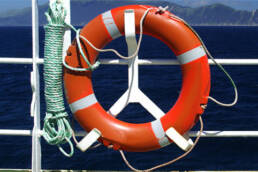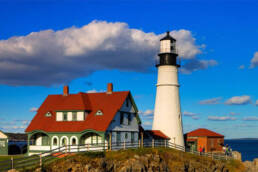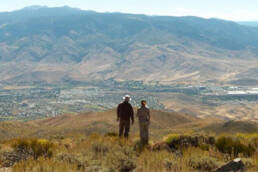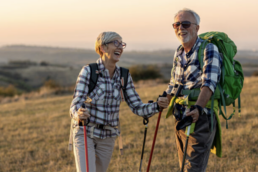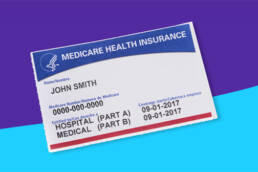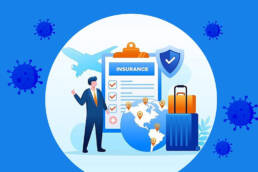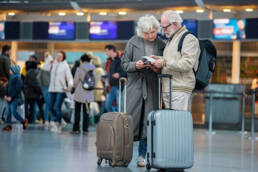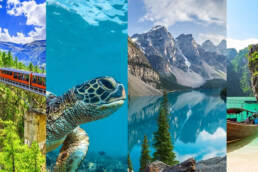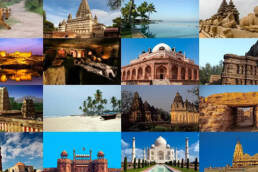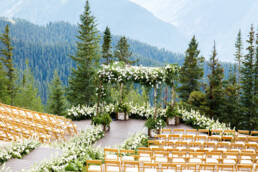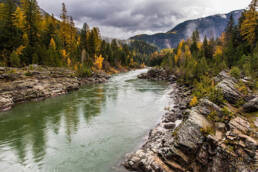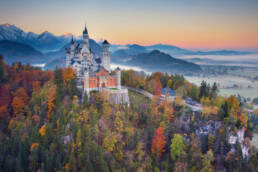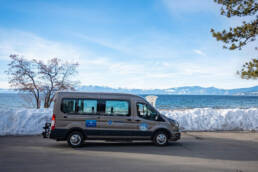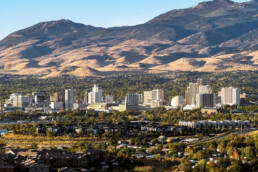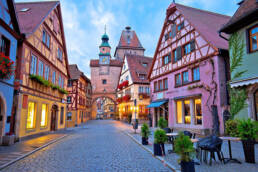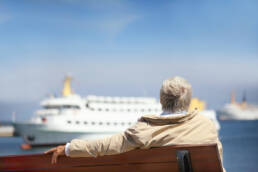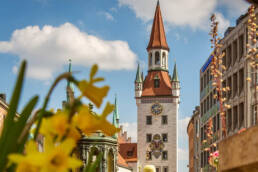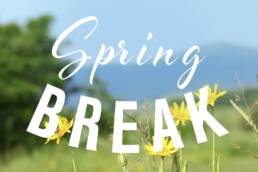Protecting Lake Tahoe for Both Residents and Visitors
This August, I was proud to host the 48th annual Lake Tahoe Summit, where we brought together elected officials from both Nevada and California, tribal leaders, members of the National Forest Service and the National Parks Service, and Team Tahoe to talk about the work we’re doing to preserve Lake Tahoe for future generations. I’ve loved visiting Lake Tahoe since I was a kid, and it’s my priority to keep it safe and clean.
The theme I chose this year was “Connecting Tahoe: Investing in Trails, Transit, and Technology for the Future”, which was made all the more special by our keynote speaker, U.S. Secretary of Transportation Pete Buttigieg.
The question of how we best connect Tahoe is one we’ve been asking for decades. In the 1960’s, there was a plan to build a bridge across Emerald Bay and a four-lane freeway circling the lake. Local residents stepped up and made it clear they wouldn’t accept such irresponsible development. That was a turning point for Tahoe, and in the 65 years since, the partnership formed among federal, state, local, and tribal governments and the private sector has been dedicated to supporting and preserving the lake.
Tahoe’s transportation infrastructure, including roads, trails, and public transit, is a key part of its economy, and it is a critical factor in both the air quality and the sediment in the lake. We have an obligation to come together and find responsible, safe solutions that work for all, between locals, visitors, and our environment.
That’s why it was so critical for me and my Senate partners from Nevada and California to reauthorize the Lake Tahoe Restoration Act in July, which has helped combat invasive species, maintain the environment, and improve water infrastructure in the Tahoe Basin. Now, I’m pushing my colleagues in the U.S. House of Representatives to pass this bill into law and sent it to the president’s desk.
The Lake Tahoe Summit was especially exciting this year, as we celebrated a $24 million grant from the U.S. Department of Transportation to fund critical safety improvements on State Route 28 and on the beloved East Shore Trail that runs along the Nevada side of the lake.
For those who don’t travel along the trail, Tahoe needs an efficient, clean, quality transit system, whether it’s responsibly bringing visitors to the shores of the lake or bringing locals to and from work.
Over the last several years, I’ve worked with past administrations, and now with Transportation Secretary Buttigieg, to secure the funds for new electric hybrid buses. These buses are easier to maintain, they’re quieter, and they make our air easier to breathe. We now have a whole fleet of them operating in Tahoe.
At Lake Tahoe and throughout Nevada, we’re leaning into the fact that 21st century problems require 21st century solutions. I’ve worked with Secretary Buttigieg to deliver funding that is helping us improve our transportation systems through innovation, whether we’re using data to help reduce traffic on our roadways or developing technology to detect wildfires early.
We’ve made progress we should be proud of, but our work to keep Lake Tahoe accessible and clean is ongoing. That’s why we come together for the Lake Tahoe Summit every year: to find solutions that will benefit the lake and everyone who enjoys its pristine waters. The partnership, the communication, and the collaboration between all levels of government, tribes, and both the public and private sectors is crucial to our efforts to protect Lake Tahoe for the future.

